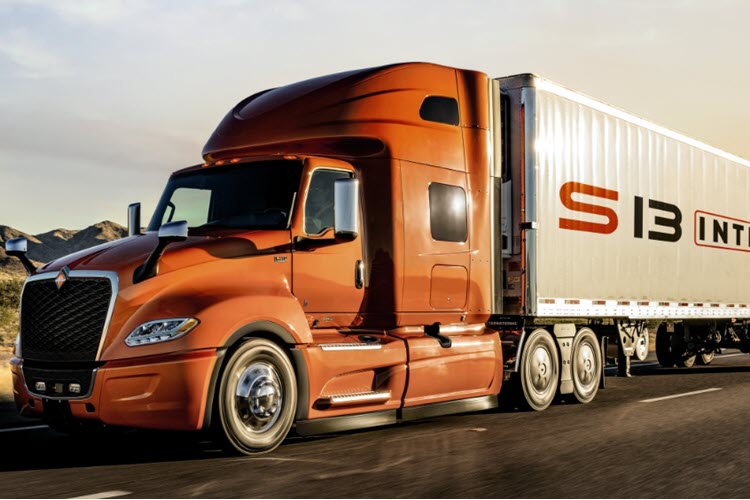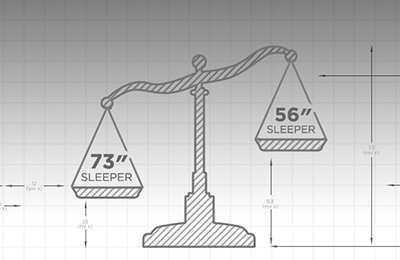Fuel Economy Idle
REDUCING IDLE TIME INCREASES FUEL ECONOMY
WHAT CAN BE DONE TO HELP CONTROL IDLE TIME
Auxiliary Power Units (APUs): Typically come in two varieties: battery powered or smaller, auxiliary diesel-powered motor. International® offers a variety of solutions leveraging these technologies to meet the unique needs of the vehicle’s operating conditions.
Auxiliary Heater: This feature leverages a smaller, diesel-powered motor to provide heat to the cab, sleeper and engine block, using only a fraction of the fuel that would be used by idling the truck’s primary engine. The system can also be used to pre-heat the main engine in cold weather.
Battery Powered HVAC System: This system produces 17,000 BTU of heat and 6,000 BTU of air and can maintain comfortable cab and sleeper temperatures in ambient temperature ranges between zero to 100 degrees Fahrenheit. This system is powered by eight AGM batteries which support faster recharge rates and higher discharge capacity vs. deep-cycle batteries. In fact, the system recharges in approximately 2.5 hours at idle and 2 hours at road speed.
Battery Management Systems (Auto Stop/Start ): The auto stop/start battery management system, available in sleeper configurations, is a good solution for those who require no-idle load management to prevent any dead battery occurrences. It interfaces with the battery powered HVAC system and will automatically start the engine with a low battery or if the engine has become too cold. It can also serve as an automatic enforcer of a fleet’s truck idling policies without requiring driver intervention.
Driver behavior/technique influences idle management as well. Idle shutdown controls offer adjustable, customized strategies to maximize efficiency. These vary according to time, ambient conditions/temperatures and application demands. Since more fuel is burned during idle time with higher rpms, keeping idle speed non-adjustable will drive better fuel economy results.
Idle Shutdown Timer (IST): Limits the amount of engine idle time by automatically shutting down the engine after approximately 3 to 5 minutes. This feature will shut down the engine, but the vehicle electrical system and accessories will remain active until the key switch is turned off. When engine operation is required again, drivers simply depress the clutch and turn the ignition to start as normal.
Cold Ambient (temperature) Protection (CAP): The CAP feature keeps the engine warm during cold temperatures to protect emissions equipment. CAP maintains engine coolant temperature by increasing stationary idle engine rpm during cold ambient conditions.
Idle Shutdown Timer/CAP Interaction: The IST interacts with the Cold Ambient Protection (CAP). If the CAP feature is active and actively running, the IST feature will be deactivated.





